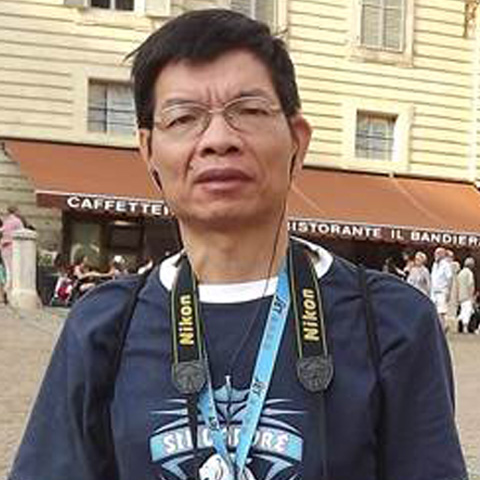Research Fellows/Professors︰Bor-Shouh Huang、Kuo-Fong Ma、Cheng-Horng Lin、Ban-Yuan Kuo、Shiann-Jong Lee、Wu-Cheng Chi、Wen-Che Yu、Hsin-Hua Huang
Research Scientists︰Wen-Tzong Liang、Ching-Ren Lin、Chin-Jen Lin 、Chin-Shang Ku
Seismology uses information that waves carry from earthquakes and various natural sources (e.g. ocean waves) to study the physical properties and structures of sources and subsurface medium. With that, we investigate their relationships to wide-spectrum topics of active faults, orogenic process, volcanic magmatic system, inner core evolution, etc. from shallow to deep Earth.
Recent focuses of IES seismology research include (1) Investigating the earthquake cycles and rupture mechanisms with numerical models, (2) Using high-resolution waveform simulation to study fault rupture processes, (3) Monitoring volcanoes and landslides with non-traditional seismological methods, (4) Using shear-wave splitting to illuminating the dynamics of subduction zones and mountain orogeny, (5) Extracting rotational ground motions from seismic array observations, (6) Strong ground motion prediction and warning for mediate-to-large magnitude earthquakes, (7) Resolving 3-Dstructure of subducting slabs and volcanic reservoirs with seismic imaging techniques, (8) Utilizing seismic reflection data to investigating the offshore sedimentary history and gas hydrate distribution, (9) Integrating multidisciplinary precursor observations for earthquake forecast.
IES also deployed and is currently operating many unique seismic networks in Taiwan and abroad, including Broadband Array in Taiwan for Seismology (BATS), Taipei Basin Borehole Array, Taiwan Mountain Area Strong Motion Network, Tatun Volcano Seismic Network, and temporal networks in Southeast and Central Asia, receiving real-time waveform data via exchange and satellite from more than 1000 stations worldwide. For technical development, IES has pioneered the effort to design, build, and commercialize our own ocean-bottom seismometer with the Institute of Undersea Technology of National Sun Yat-sen University and the Taiwan Ocean Research Institute of National Applied Research Labs; and kept collaborating with LMU München and EOS at Nanyang Technological University for advancing new generation of rotational seismometer and infrasound sensor. Integrating the unique seismic networks and instruments, the IES seismology research aims to take an active role in understanding multiscale structural systems of Earth interior and to mitigating earthquake hazard and various geohazards in Taiwan and Southeast Asia.



























